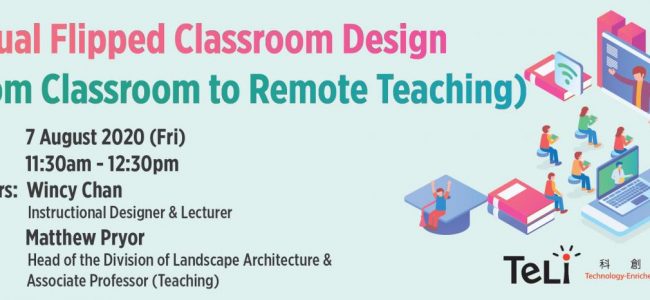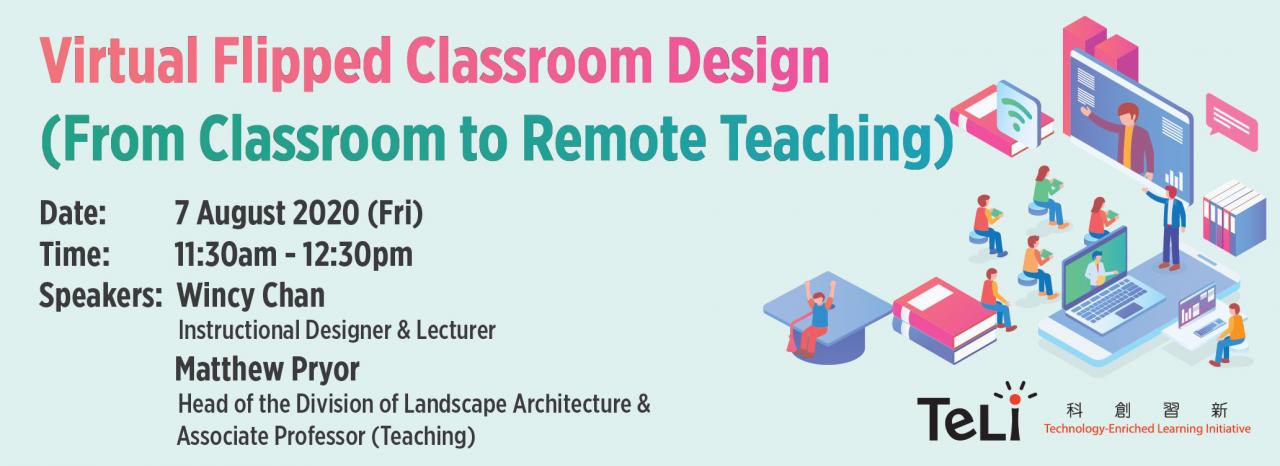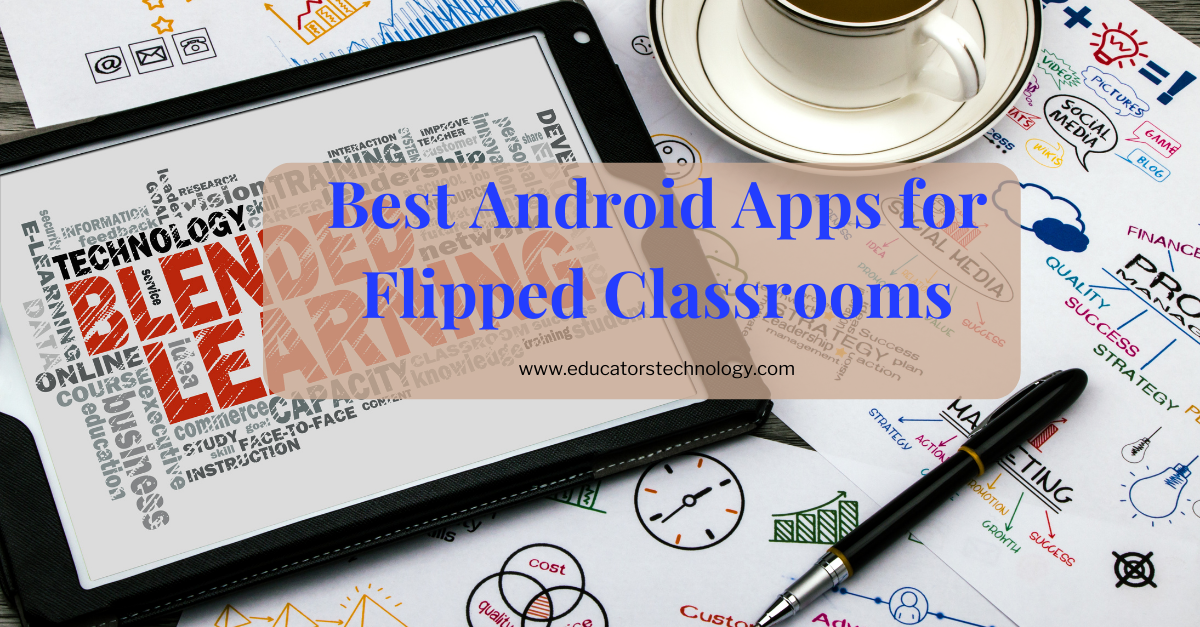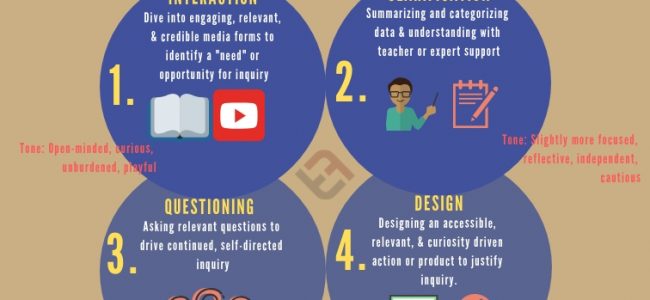
Inquiry-based learning, a student-centered approach to education, is gaining traction as an effective method for fostering critical thinking, problem-solving, and lifelong learning. Educational technology can play a pivotal role in enhancing inquiry-based learning by providing tools and resources that support student engagement, collaboration, and self-directed learning.
This article explores the benefits of using educational technology in inquiry-based learning, provides strategies for effective implementation, showcases specific technology tools, and addresses potential challenges and considerations.
Definition and Overview
Inquiry-based learning is a pedagogical approach that emphasizes the development of critical thinking and problem-solving skills through hands-on exploration and experimentation. It involves actively engaging students in the learning process by encouraging them to ask questions, investigate problems, and construct their own knowledge.
Educational technology plays a crucial role in supporting inquiry-based learning by providing tools and resources that facilitate exploration, collaboration, and knowledge construction. These tools can enhance the learning experience by making it more interactive, engaging, and personalized.
Role of Educational Technology
Educational technology supports inquiry-based learning by:
- Providing access to vast amounts of information and resources through online databases, libraries, and multimedia content.
- Facilitating collaboration and communication among students and teachers through virtual platforms, discussion boards, and social media.
- Empowering students with tools for data collection, analysis, and visualization, enabling them to explore complex concepts and draw meaningful conclusions.
- Creating interactive simulations and virtual environments that provide safe and immersive learning experiences.
- Personalizing learning experiences by adapting content and activities to individual student needs and interests.
Benefits of Using Educational Technology for Inquiry-Based Learning
Educational technology provides numerous benefits for inquiry-based learning, enhancing student engagement, motivation, and overall learning outcomes. It facilitates collaboration, critical thinking, problem-solving, self-directed learning, and lifelong learning.
Enhanced Student Engagement and Motivation
Educational technology offers interactive and engaging experiences that capture students’ attention and sustain their interest in learning. By incorporating multimedia elements, simulations, and games, technology provides a more immersive and enjoyable learning environment.
Facilitation of Collaboration, Critical Thinking, and Problem-Solving
Technology enables students to collaborate with peers and experts from around the world, fostering the exchange of ideas and perspectives. Virtual learning environments and online discussion forums provide platforms for students to engage in critical discussions, challenge assumptions, and develop problem-solving skills.
Fostering Self-Directed Learning and Lifelong Learning
Educational technology empowers students to take ownership of their learning. Online resources, interactive tutorials, and personalized learning paths allow students to explore topics at their own pace and delve deeper into areas of interest. This fosters self-directed learning and encourages lifelong learning beyond the classroom.
Strategies for Implementing Educational Technology in Inquiry-Based Learning
Educational technology can be a powerful tool for supporting inquiry-based learning. By providing students with access to information, tools, and resources, technology can help them to develop the skills they need to be successful inquirers.There are a number of effective strategies for integrating educational technology into inquiry-based lessons.
One strategy is to use technology to scaffold learning. Scaffolding is a process of providing students with the support they need to complete a task successfully. This support can take many forms, such as providing students with access to resources, giving them feedback on their work, or helping them to develop their problem-solving skills.Technology can be used to provide scaffolding in a variety of ways.
For example, students can use online resources to find information about a topic they are studying. They can also use software to create models or simulations that help them to visualize complex concepts. Additionally, teachers can use technology to provide students with feedback on their work, such as through online quizzes or discussion boards.Another strategy for using technology to support inquiry-based learning is to provide differentiated instruction.
Differentiated instruction is a process of tailoring instruction to the individual needs of students. This can be done by providing students with different levels of support, different types of activities, or different learning materials.Technology can be used to provide differentiated instruction in a variety of ways.
For example, teachers can use online resources to find activities that are appropriate for students of different ability levels. They can also use software to create personalized learning plans for each student. Additionally, teachers can use technology to provide students with access to different types of learning materials, such as text, audio, and video.
Providing Training and Support
It is important to provide training and support for teachers and students when implementing educational technology in inquiry-based learning. Teachers need to be trained on how to use the technology effectively and how to integrate it into their lessons. Students need to be trained on how to use the technology to support their learning.There are a number of ways to provide training and support.
One way is to offer professional development workshops for teachers. Another way is to provide online resources and tutorials. Additionally, schools can provide technical support to teachers and students who are having difficulty using the technology.
Examples of Educational Technology Tools for Inquiry-Based Learning
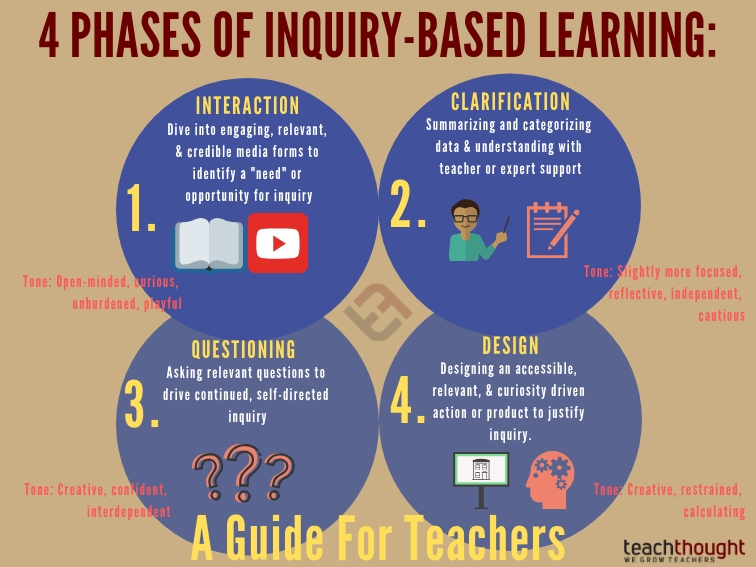
Integrating educational technology into inquiry-based learning can enhance student engagement, promote critical thinking, and foster collaboration. Here are some specific tools that support this approach:
The following table showcases specific educational technology tools that support inquiry-based learning:
| Tool Name | Description | Examples of Use | Resources |
|---|---|---|---|
| Google Classroom | A virtual classroom platform for organizing and managing learning materials, assignments, and discussions. | – Create and distribute assignments related to inquiry-based projects.
|
Google Classroom |
| Nearpod | An interactive presentation and assessment tool that allows teachers to create and deliver engaging lessons. | – Embed inquiry-based activities, such as polls, quizzes, and simulations.
|
Nearpod |
| Flipgrid | A video discussion platform that enables students to record and share short videos. | – Encourage students to pose questions, share ideas, and engage in peer feedback.
|
Flipgrid |
| Padlet | A digital bulletin board that allows students to collaborate on projects and share ideas. | – Create interactive workspaces for inquiry-based activities.
|
Padlet |
| Kahoot! | A game-based learning platform that makes learning interactive and engaging. | – Create quizzes, surveys, and discussions to assess student understanding.
|
Kahoot! |
Challenges and Considerations
Integrating educational technology into inquiry-based learning poses certain challenges that educators must acknowledge and address.
One primary concern is ensuring equity and access to technology for all students. Socioeconomic disparities may limit access to devices and reliable internet connectivity, creating a digital divide that hinders equitable participation in inquiry-based learning activities.
Privacy Concerns
The use of educational technology platforms and tools raises privacy concerns. Educators must be mindful of data collection practices and ensure compliance with student privacy regulations. It is crucial to provide transparent information about data usage and obtain informed consent from students and parents.
Ongoing Professional Development
Implementing educational technology effectively requires ongoing professional development for educators. Teachers need training and support to integrate technology seamlessly into their inquiry-based lessons, develop digital literacy skills, and troubleshoot technical issues.
Ultimate Conclusion
In conclusion, educational technology offers a powerful toolset for supporting inquiry-based learning, empowering students to become active learners and lifelong knowledge seekers. By integrating technology into inquiry-based lessons, educators can create engaging and differentiated learning experiences that foster critical thinking, collaboration, and problem-solving skills.
Overcoming challenges such as equity and access issues and providing ongoing professional development will ensure that all students have the opportunity to benefit from the transformative power of technology in inquiry-based learning.
Clarifying Questions
What are the key benefits of using educational technology in inquiry-based learning?
Educational technology enhances student engagement and motivation, facilitates collaboration and communication, promotes critical thinking and problem-solving, and fosters self-directed and lifelong learning.
How can educational technology be used to scaffold learning and provide differentiated instruction?
Technology tools can provide adaptive learning platforms, simulations, and virtual manipulatives that cater to diverse learning styles and needs, allowing students to progress at their own pace and explore concepts in a personalized way.
What are some common challenges in using educational technology for inquiry-based learning?
Potential challenges include ensuring equitable access to technology, addressing privacy concerns, and providing ongoing professional development for teachers and students to stay abreast of evolving technologies and pedagogical practices.
